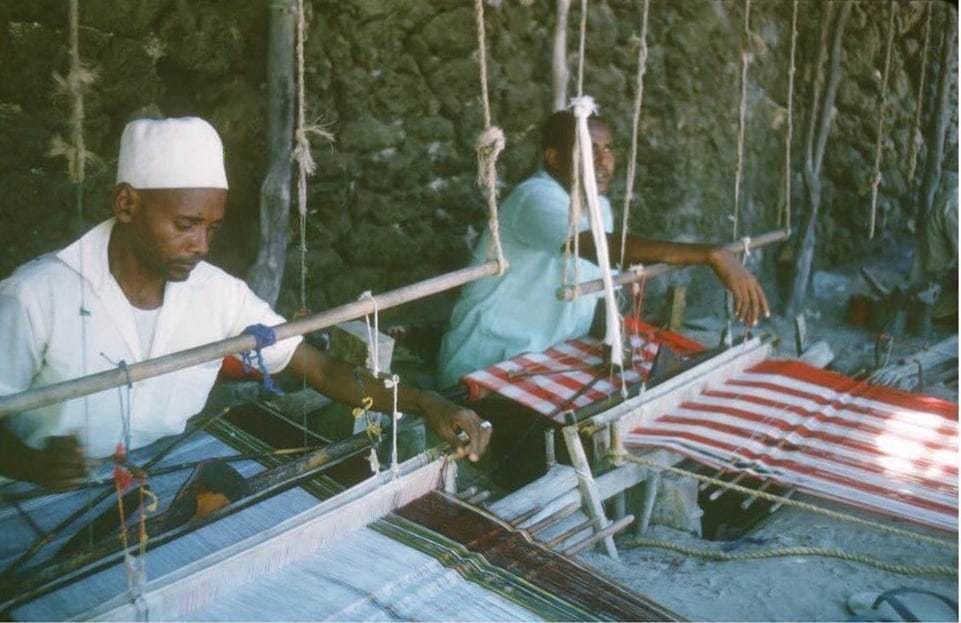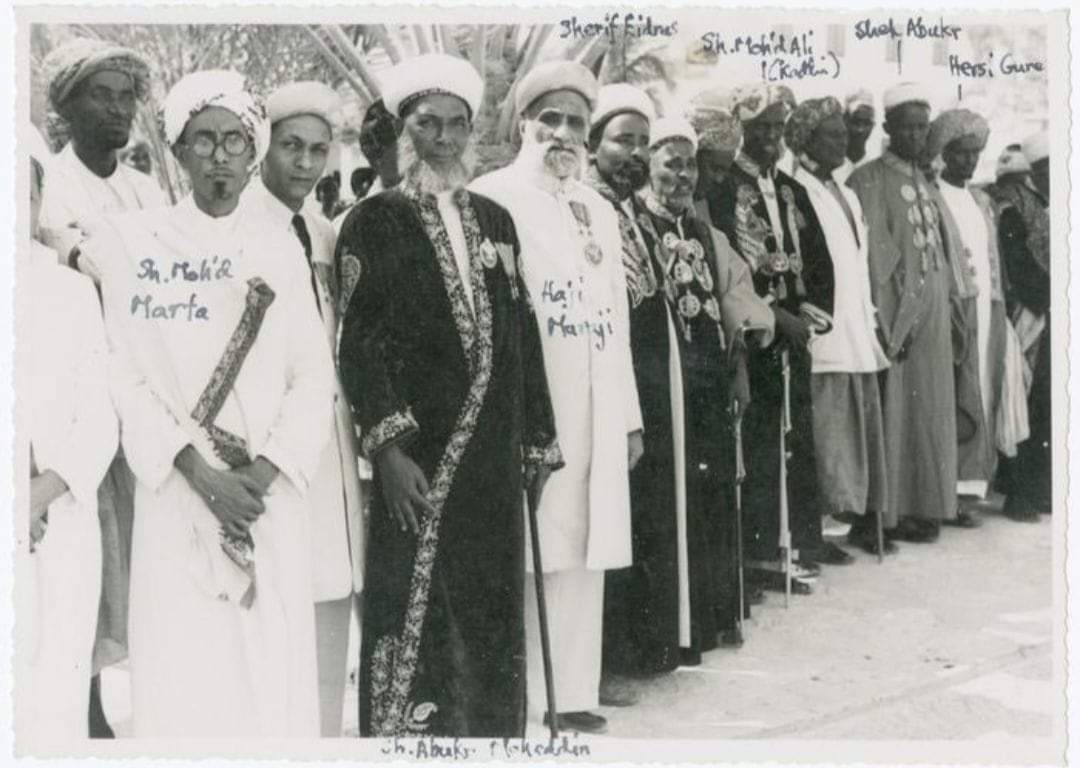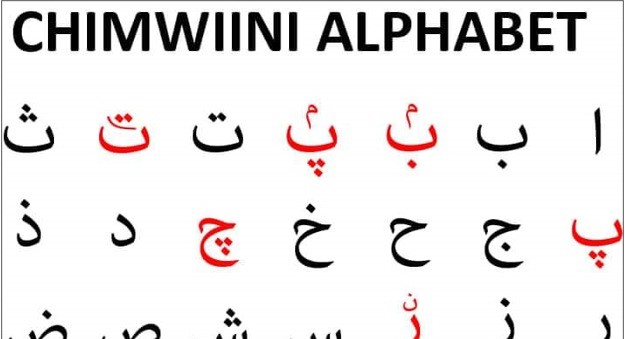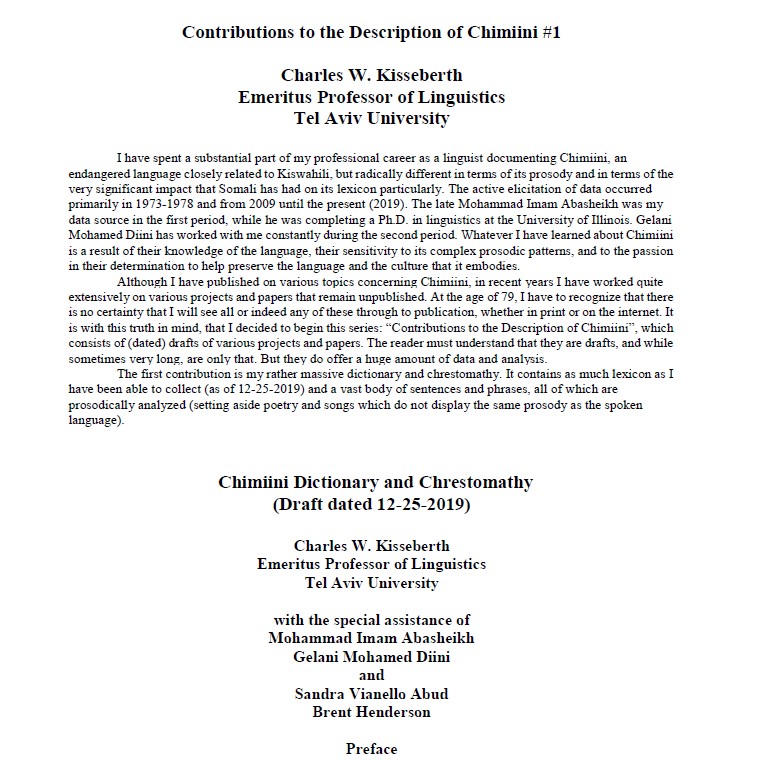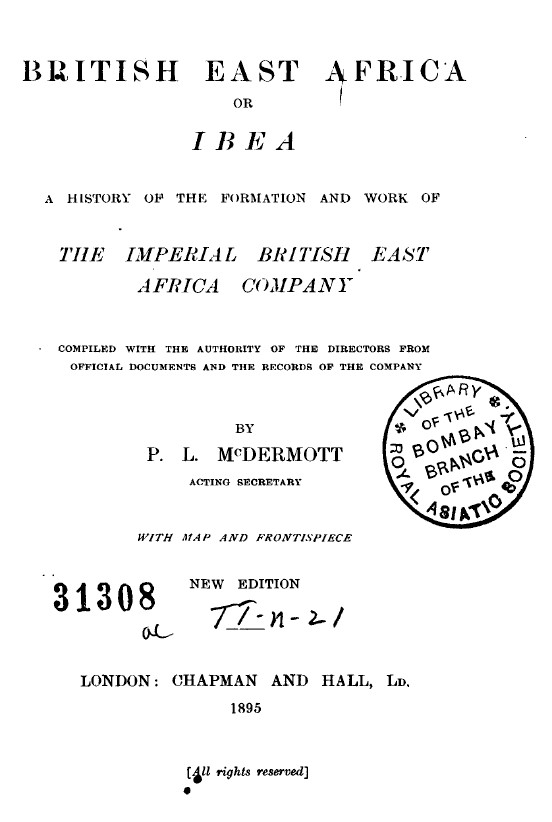‘Futa Banadir’, a term used to describe the traditional handwoven Banadiri fabric, is part of the distinctive clothing of the Banadir People, famous for their historical textile industry. Traditionally woven by Banadiri men, this fabric holds cultural and historical importance, used in both practical and ceremonial purposes.

Historical and Cultural Context
The term “Futa Banadir” refers to cotton yardage commercially woven in the region, with Mogadishu hosting a key production area historically known as ‘Bandhabo’. The name Bandhabo combines two terms from the Banadiri dialect: “Ban,” meaning yard, and “dhabo,” meaning weaving, thus translating to “the weaving yard.” This industry extended beyond Mogadishu to neighbouring coastal towns such as Gandarsha, Jilib Marka, Marka, and Barawa. Historically, the cloth industry in Banadir was a major economic activity, thriving as early as the 14th century. Banadir cloth was exported to Egypt, Arabia and other regions engaged in trade with the Banadir coast.
Production Techniques
Initially, the women were responsible for spinning the thread used in weaving, but imported thread has since become more common. Despite this shift, the tradition of local dyeing persists, maintaining the craft’s cultural roots. Originally produced in plain white, the fabric evolved in the 20th century to incorporate different colours and intricate patterns, reflecting changing market demands and competition from foreign factory-made textiles.

Adaptation to Market Changes
During the 19th century, the influx and production of inexpensive grey factory cloth from America posed significant competition. In response, Banadiri weavers adapted by cultivating cotton locally to remain competitive. This shift not only underscored the resilience of the industry but also its ability to innovate in the face of external pressures.

Social and Ceremonial Significance
Futa cloth is a key component of traditional Banadir attire. Men use it for garments such as the Mawez, spelt as Macawis in Somali (a wrapped lower garment below the wait) it is also used as a piece of cloth draped over the shoulders and around the body, and go’ (a shorter, shawl-like cover), while women wear it as the gares (a wrapper). These garments are particularly prominent during special occasions, including weddings, religious festivals such as Eid, and traditional events like Shir, an annual gathering in the old quarters of Mogadishu. During Shir, men traditionally wear the Futa, carrying a stick with a piece of cloth tied around their body called Shaash, emphasizing the ceremonial role of the fabric.

Conclusion
Banadir cloth remains a symbol of the region’s rich cultural heritage and identity. Its evolution from plain white textiles to vibrant, patterned garments reflects both historical trade dynamics between Arabia and Africa. Today, it continues to stand as a reflection of the craftsmanship and cultural identity of the Banadir region, bridging Banadir’s past to its present.
Written by Zakaria al Showki



